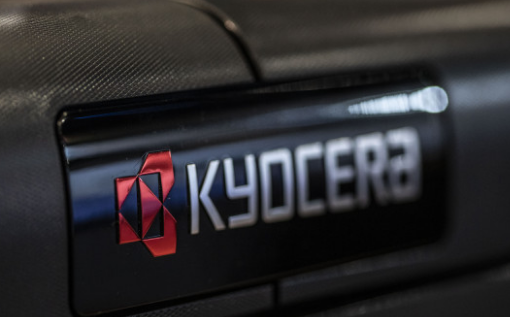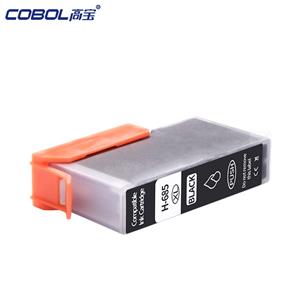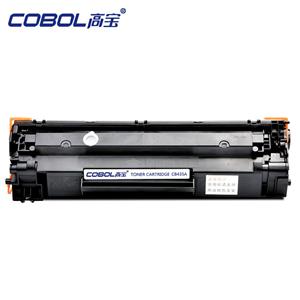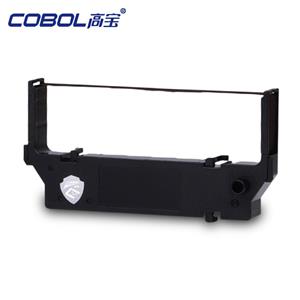How Kyocera Inkjet Eases Labor, Other Challenges
How Kyocera Inkjet Eases Labor, Other Challenges

Despite the evolution of technology and the rise of automation in manufacturing, finding workers with the skill level of traditional offset press operators is becoming increasingly difficult. Training is laborious, and bestowing finicky processes on less experienced operators has proven to be a recipe for disaster for many operators.
Further, given the realities of the “Great Resignation” and what continues to be a volatile labor market, workers are more likely to shift from company to company, industry to industry, in search of jobs that better suit their wants and needs. Amid this reality, labor costs have increased by 30% or more, according to I.T. Strategies.
To combat this, printers need to be able to hire from a deeper pool of professionals by lowering the barrier to entry when it comes to training them up to production proficiency. Users of production inkjet technology, including those using the Kyocera TASKalfa Pro 15000c, are finding the technology helps overcome their labor and other challenges.
Why Inkjet Eases the Strain
Production inkjet technology is built on a platform of reliability. Simply put, inkjet is capable of smooth operation and minimal downtime when compared to, for instance, toner-based systems. From a labor standpoint, more time per employee can be spent on revenue-generating activities.
Compared to toner, inkjet is a simpler process, presenting fewer process steps from start to finish. This greatly reduces the need for operator intervention, allowing professionals to spend more time running the press and less time adjusting, troubleshooting, and putting out other ad-hoc fires. Instead, the operator’s focus can be on monitoring quality, loading, and offloading stock, and ensuring the ink supply is uninterrupted.
Many companies moving into production inkjet from offset or toner-based equipment are finding they can shift their labor mix. In some cases, the ease of operation of the inkjet press and the reliability of the process make it possible for a single employee to easily operate more than one press. This reality can be a godsend for printing companies whose capacity is limited not by the technology they use, but by a shortage of workers to run the presses they have.
The Kyocera Solution
The TASKalfa Pro 15000c is a sheet-fed inkjet press designed with both ease of use and service in mind. The press can be operated through a user interface that takes the guesswork out of machine operation, while ink can be replenished even as the print run continues. Also, most replaceable parts can be changed easily by the press operator, meaning a faster return to production. On a deeper level, easier use and service mean a wider range of potential employees – even cross-trained employees – can successfully operate the machine and keep production on schedule.
“One of the primary goals we pursued in the development of the TASKalfa 15000c was to make the operation of the press as easy and intuitive as possible,” says Fred Morrone, Senior Manager of Production Print Marketing at Kyocera. “Our customers are now putting this theory into practice and are enjoying huge labor flexibility and more robust workflows.”
That built-in ease of use extends beyond simply making the print. Value-adding finishing is a breeze thanks to multipurpose media trays, media feeders, a stacking system, and bridge systems to connect the media feeder to the main unit, or from the stacking system to finishing systems which include folding and hole punching. “By using these intuitive systems to expand the range of what can be produced on the press,” Morrone says, “companies can offer customers greater personalization options and really drive income and repeat business.”
Designed for Profitability
While the labor-easing benefits of the TASKalfa 15000c help with one of today’s key production challenges, the ability of the press to help meet other production-focused challenges does not end there. Running at a speed of 146 full-color pages per minute, the press offers variable data and personalization at production rates above toner-based systems. Print quality – with strong and accurate color, sharp text and fine lines, and smooth gradients – is delivered with 600x600 dpi resolution. Adding even more production flexibility, it can handle paper sizes up to 13" x 19.2", at weights of up to 12 point or 360 gsm, and provide exceptional results on uncoated, inkjet-treated, or inkjet-coated stocks. Finally, users of the TASKalfa Pro 15000c benefit from the watchful eye of Kyocera’s dedicated support team.
Much more than the basic operations, the “ease of use” concept is at the heart of the TASKalfa Pro 15000’s output quality, productivity levels, and workflow flexibility – three competitive advantages that place Kyocera at the forefront of modern production print. Ease of use? Let’s call it “ease of business.”
“The diverse range of companies that have invested in the TASKalfa 15000c have seen excellent results,” Morrone says, “Its versatility is enabling businesses to unlock new growth in direct mail, commercial printing, transactional, and other printing markets. We’re excited to share how the press can help PSPs meet their profitability goals, and ease the challenges of labor, production, and more.”




